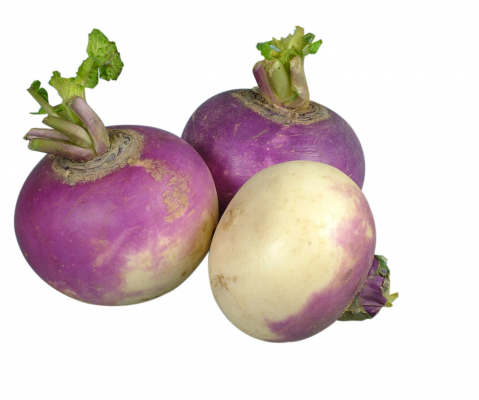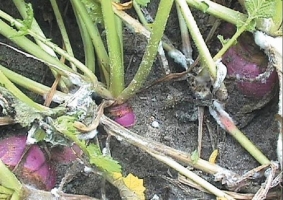General Information
It is hardy cool weather crop belongs to family of Brassicaceae. It is grown for its roots as well as for green leaves. Turnip root is rich source of Vitamin C where as its leaves are rich source of Vitamin A, Vitamin C, Vitamin K, foliate and Calcium. It is grown in temperate, tropical as well as sub-tropical region of India. Commonly grown turnip is of white color. Bihar, Punjab, Haryana, Himachal Pradesh and Tamil Nadu are major turnip growing states in India.





















